News feed
How Much Moisture is in the Soil? – NASA Scientists Were Providing Answers at BME
2024. 07. 24.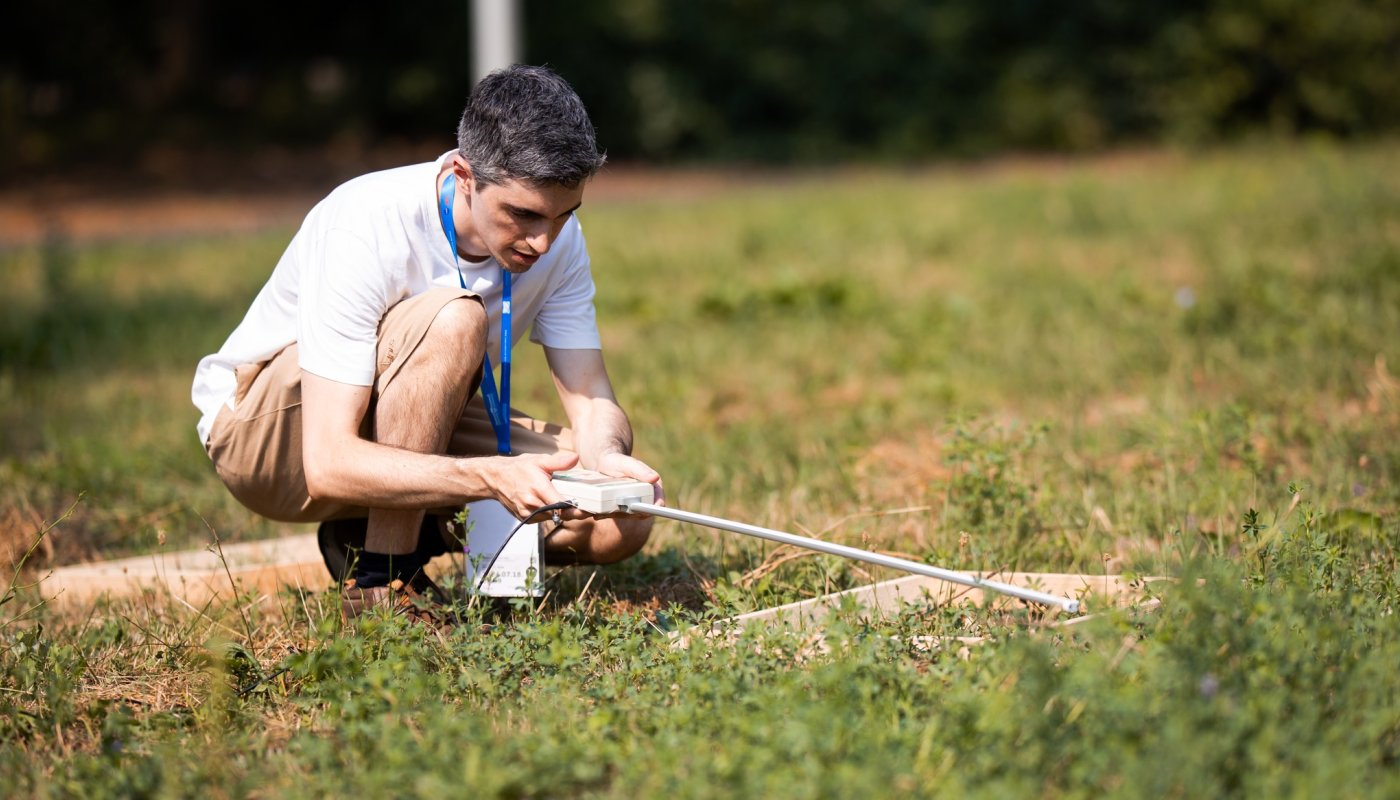
Along with theoretical lectures, the international summer school offered students the opportunity to make in field measurements.
It is not every day that scientists of the National Aeronautics and Space Administration (NASA) come to Budapest and we certainly would not expect them to carry out soil moisture measurements. Yet this is what happened during the 3 days at the 2024 International Soil Moisture School hosted by BME. Experts of NASA, the European Space Agency (ESA), US and European universities shared their knowledge with 36 students from ten countries and BME community how soil moisture can be measured remotely.
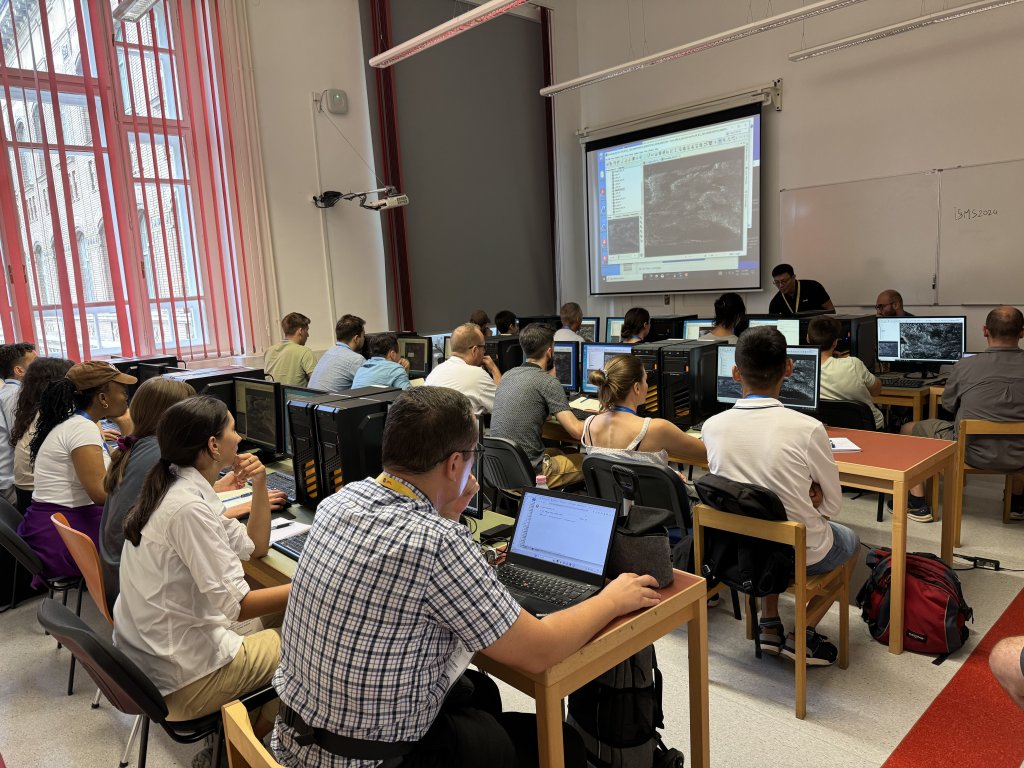
But why does it matter how much water is in the soil? Well, these are important data for many disciplines and economic sectors, the distribution of soil moisture is fundamental information in particular for agriculture. ‘To set an example in lack of precipitation it is extremely important to know where fields need more and where less watering and develop precise irrigation plans, which is becoming crucial with climate change,’ Zsófia Kugler, main organizer of the 2024 International Soil Moisture School, director of BME Knowledge Centre for Water Sciences and Disaster Prevention, associate professor of Department of Photogrammetry and Geoinformatics told bme.hu.
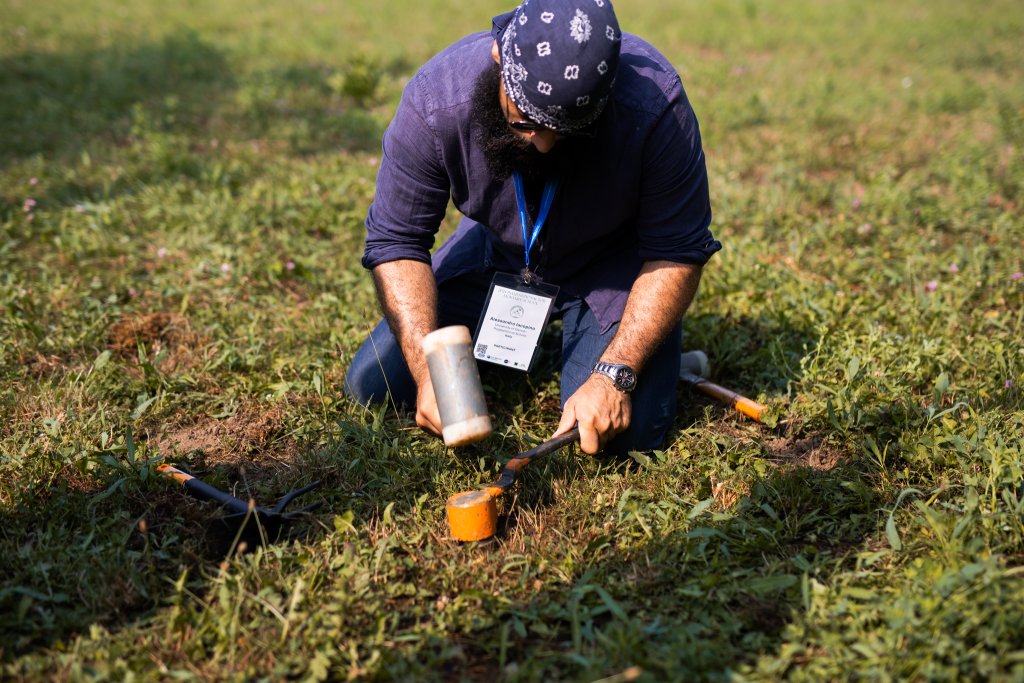
Soil moisture observations are based on microwave radiation measured from satellites, drones or airplanes either by detecting microwave emission of the Earth's surface or by using RADAR sensors. Every technology, including microwave satellite measurements, have their limitations from spatial resolution to the difficulties in mitigating interferences; and that is why events of technological innovations are so important.
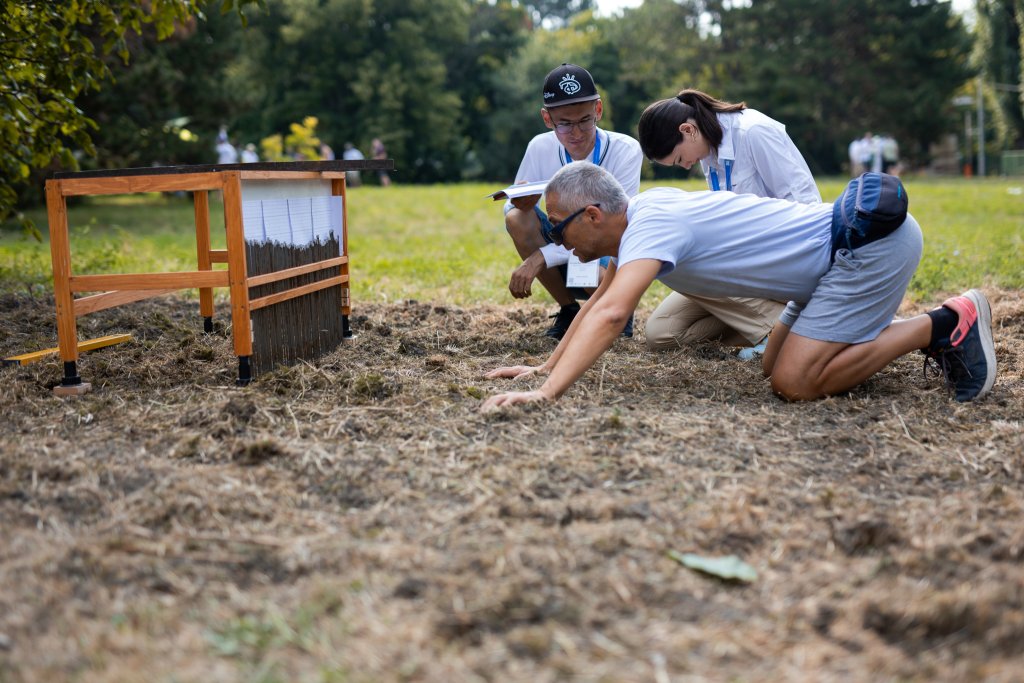
The opening ceremony of the summer school was attended by the two main sponsors, the Fulbright Hungary office and the IEEE Geosciences and Remote Sensing Society (GRSS), in addition to the representative of the US Embassy in Budapest. The following days, the technical programme offered the participants not only theoretical lectures, but also active participation in a field measurement at the HUN-REN ATK Institute for Soil Sciences.
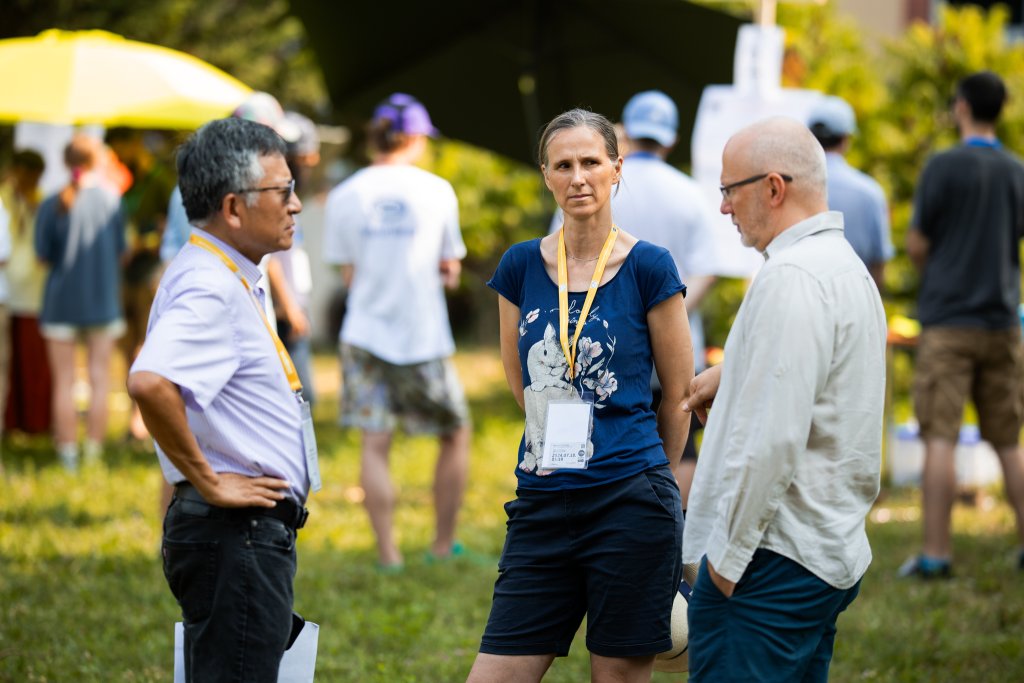
Left to right: Simon Yueh (NASA Jet Propulsion Laboratory), Zsófia Kugler (BME) and László Pásztor, director of TAKI
‘Participants had the chance to carry out in field measurements to understand satellite data validation procedures, to check whether satellite measurements are in agreement with in-situ observations or even measurements from a quad platform,’ Zsófia Kugler explained. In addition to theoretical lectures, in-field work and computer lab practice, students were also offered consultation and mentoring on their own research, and received a certificate at the end of the course.
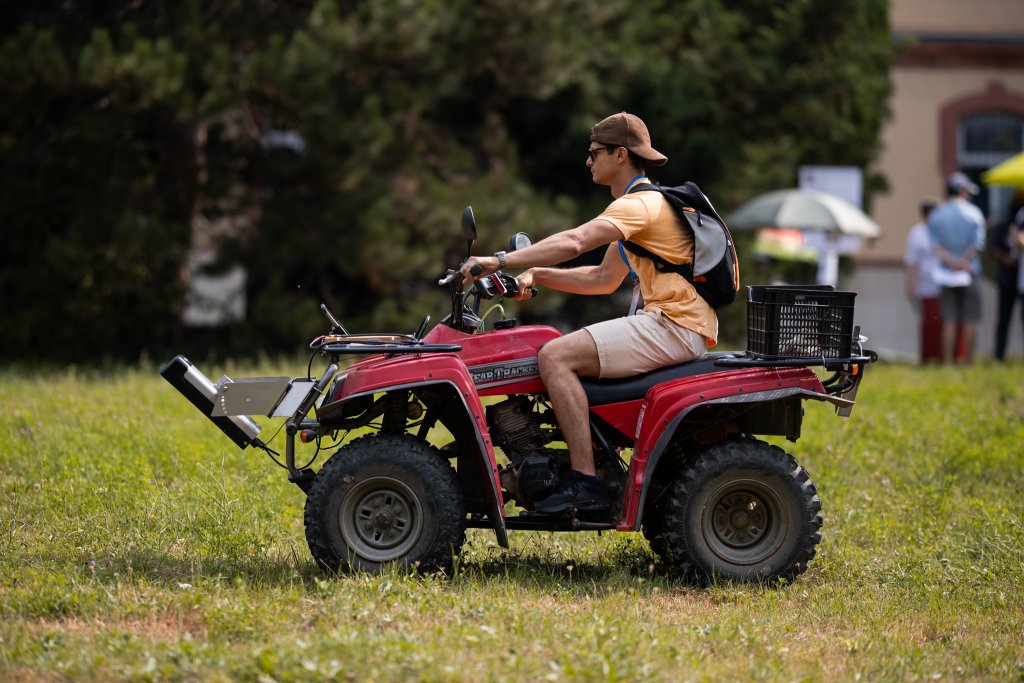
The summer school was initiated by the soil moisture team of NASA, and after the first two successful schools held in the USA and India, they were looking for a venue in Europe for their third event. That was when Zsófia Kugler invited them to the BME. Early this year, she spent three months as a visiting researcher at NASA's Jet Propulsion Laboratory in California for the second time, with support from the Rosztoczy Foundation. ‘Besides the courses, we also laid the foundations for scientific cooperation. The in-field measurement network of Hungary raised interest of the team. We hope for a fruitful collaboration in the future,’ she said.
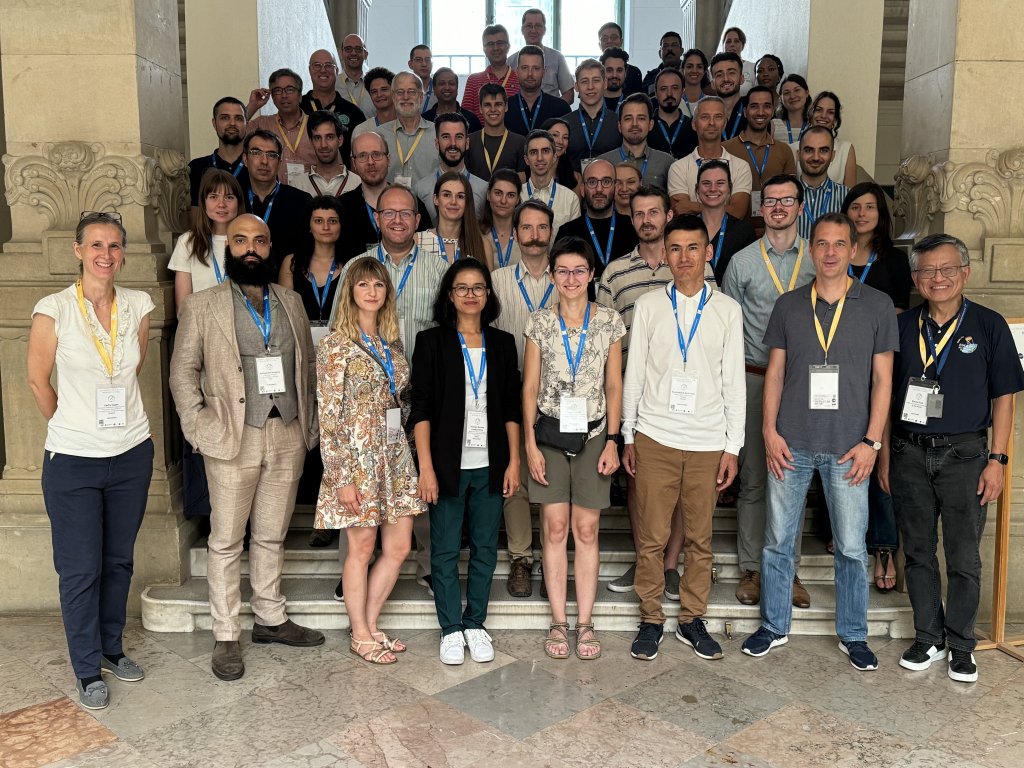
pg
